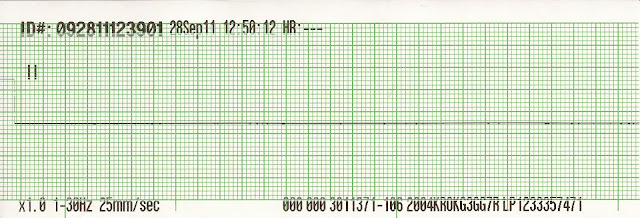Pediatric Advance Life Support: Asystole Part 4

Medication Dose Calculation · Use the child’s weight if it is known · If the child’s weight is unknown, it is reasonable to use a body length tape · No data regarding the safety or efficacy of adjusting the doses for obese patients Broweslow Tape IV Access · Peripheral IV · Central line · Intraosseous · Intratracheal Intraosseous (IO) Access · All intravenous medications can be administered intraosseously · Onset of action and drug levels are comparable to venous administration · IO access can be used to obtain blood samples for analysis · Use manual pressure or an infusion pump to administer viscous drugs or rapid fluid boluses · Follow each medication with a saline flush Peripheral IVs · Placement may be difficult in a critically ill child · Central venous placement requires procedure can be time consuming Endotracheal Drug Administration · Lip






